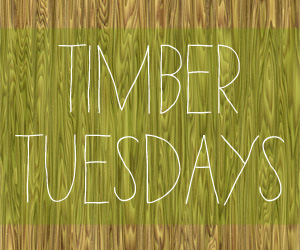The Handbook of Natural Plant Dyes: Timber Tuesdays (2)
This handbook covers the methods, materials, and reasons for using natural ingredients instead of artificial chemical dyes to color cotton, wool, and other fibers. I really like the simple recipes and how the author mentions all the different ways you can come by the ingredients and equipment. The book is really well-designed.
Many crafters taking on a new method know that it’s usually an expensive process, getting started by purchasing specialized items. The main themes of Duerr’s instructions include sustainability and economy, and thus many of the items you need to start a project can come from things you already have around the house, can get cheaply at thrift stores, or even find growing in your garden. The ingredients listed are so many and varied that you can even buy quite a few at the produce section of your grocery store, or pick up plants at the garden center and grow small plants indoors. This is great for suburban apartment dwellers like me.
Duerr’s research seems very well-informed and also highlights safety precautions, as on the surface it may seem that because you are using handmade and natural methods and materials, that the process is entirely safe and non-toxic. However, this mainly depends on how informed and responsible the dyer is, and so that is one of the main ideas focused on by the text.
Apart from the great technical advice included in this book, the projects and photos are very inspirational. The book is well-designed and easy to follow. If anything, the reader will be overwhelmed by the myriad of possibilities presented in this book. From upcycling old garments to using up table scraps and yard clippings, Duerr seems to have thought of every possibility.
I especially like the palette that shows off some of the great colors you can achieve through plant dyeing at home. While comprehensive, it is by no means encyclopedic. Reading this book makes me want to go for a walk and find the nearest lawn or park with a dandelion explosion because I can’t imagine what the red extraction from dandelion roots looks like. It’s not pictured in the book.
This would be a great gift for fans of both art and fashion, as well as nature and chemistry. If I ever plow through my yarn stash I’ll probably buy some undyed wool to try this out myself.
By the way, if you love color, check out this great podcast from Radiolab all about colors.




